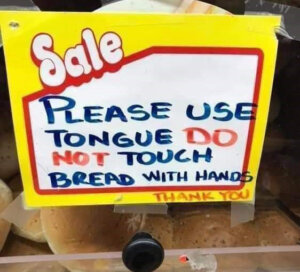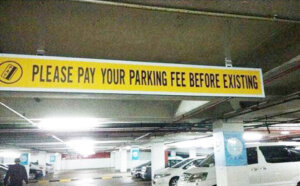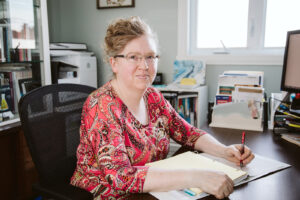 It’s so tempting… just paste some text into Google Translate, and voilà! Your document appears in another language instantly. Here’s the problem: native speakers of the other language may be cringing as they read your “easy translation”. Scary, isn’t it?
It’s so tempting… just paste some text into Google Translate, and voilà! Your document appears in another language instantly. Here’s the problem: native speakers of the other language may be cringing as they read your “easy translation”. Scary, isn’t it?
In this post, I’m going to show you the truth about automatic translation: the good, the bad and the ugly. I’ll also tell you when it is safe to use, and offer an alternative for the rest of the time.
Can you remember life before Google? I remember having to ask my parents to drive me to the library to do research for school projects. Now we have more information at our fingertips than we could ever use, including access to Google Translate, which is automatic translation, or machine translation. What that means is that no human has checked the translation for errors.
A couple of years ago, I typed traduire à la pige (the French term for “freelance translation”) into Google Translate and was presented with: “Translate to the pig”. Wow, just wow!
GOOD:
Google has since corrected that hilarious translation, and that is the good news about automatic translation: it is constantly evolving. The more good quality translations that are produced (by humans, I might add), the more material there is to draw on, in context, for automatic translation.
BAD:
The bad news is that a machine is still a machine. Automatic translations often sound awkward, because a machine is not always capable of understanding context. A machine can be blind to nuances of language and incapable of conveying human emotions.
 UGLY:
UGLY:
Since automatic translation has no “appropriateness” filter, sometimes the results can be downright offensive. For example, an English pastor’s wife I know had a shock when trying to use an automatic voice translation app during a Spanish church service, and “Free porn” popped up on her phone. Ouch! I don’t think that’s what was being preached about that day…
WHEN AND HOW TO USE AUTOMATIC TRANSLATION:
Automatic translation can be useful for large quantities of technical material such as manuals. But a crucial part of the process is “post-editing”, in which a trained translator corrects the mistakes made by the machine. The ironic fact is that most people who use machine translation do not have post-editing skills, and may not even speak the language they are “translating” into! Talk about working blind…
WHEN TO AVOID AUTOMATIC TRANSLATION:
Here are a few situations where automatic translation is NOT the right solution:
- if you are not fluent in the language the document is being translated into;
- if you do not have post-editing skills (you are not a trained translator);
- if the material being translated involves emotion or religious concepts;
- if the document is intended to be impacting, such as promotional material.
 Even if an automatic translation were to be 90% correct (and this may be wishful thinking), that 10% can really make you look silly, and that’s probably not the effect you are hoping for. It might be just one letter wrong, but that can make a world of difference!
Even if an automatic translation were to be 90% correct (and this may be wishful thinking), that 10% can really make you look silly, and that’s probably not the effect you are hoping for. It might be just one letter wrong, but that can make a world of difference!
THE ALTERNATIVE
So… that doesn’t actually leave too many situations where automatic translation is fully appropriate. The alternative is translation done by a living, breathing human who understands context and emotion. Of course, it must be someone who is fluent in both languages.
Today, you’ve learned about the dangers of automatic translation . But maybe you’re thinking that the alternative, human translation, will take too much time or money. Read Myth #2 to find out the truth.
Now, in the Comments section below, it’s your turn to tell me about the funniest translation you’ve ever seen!
Have a great day!
Liane 🙂
